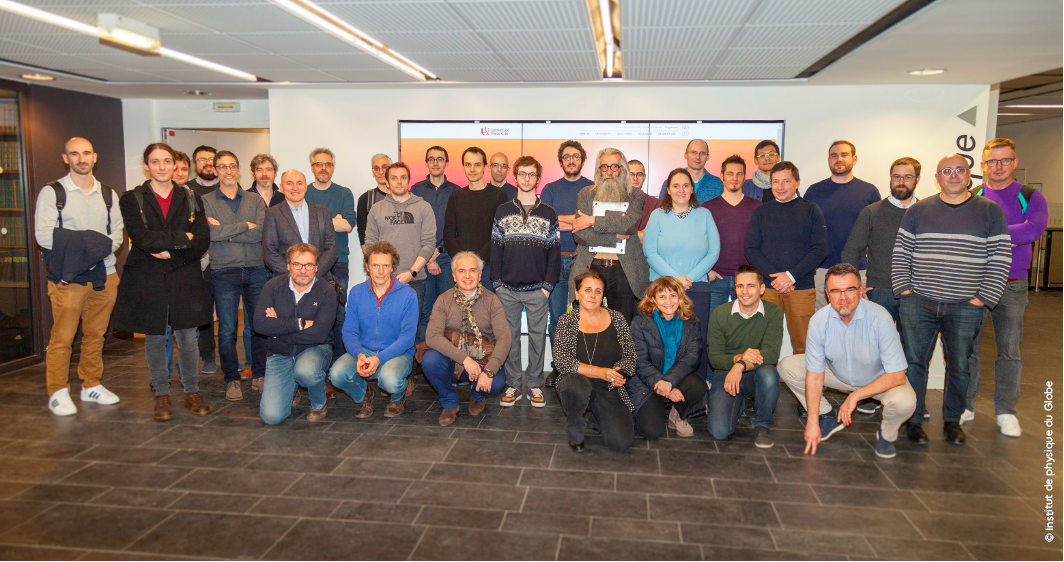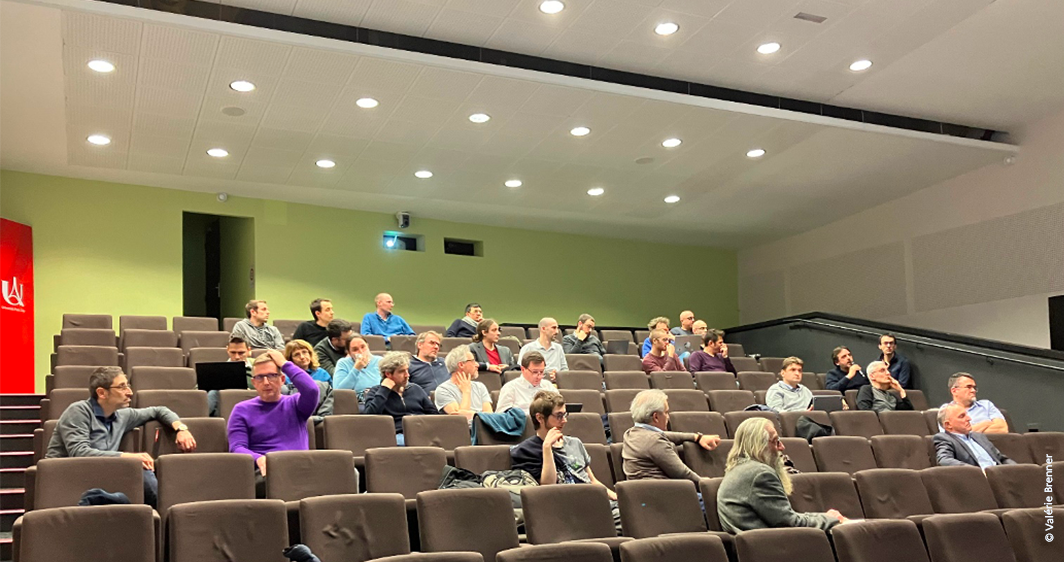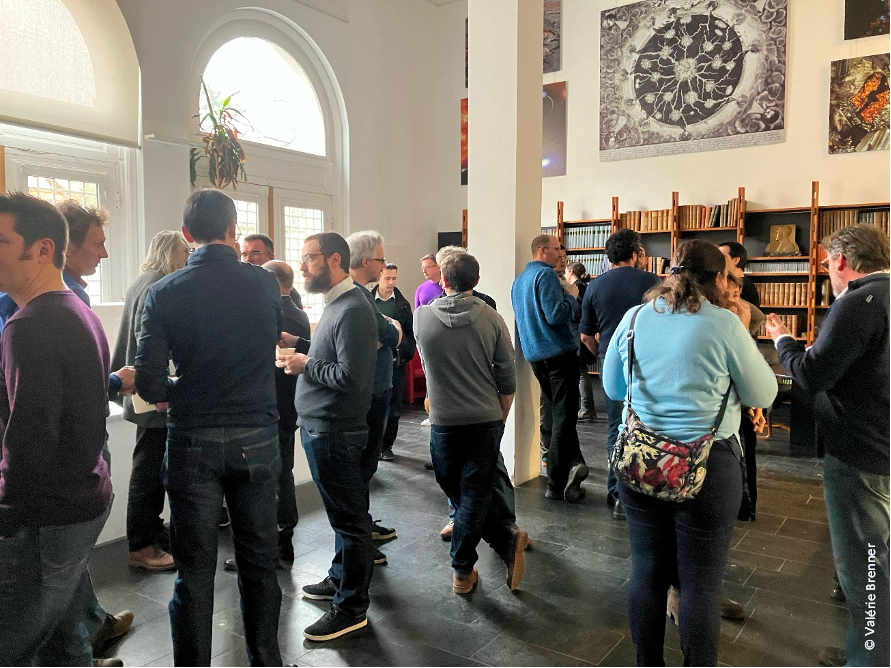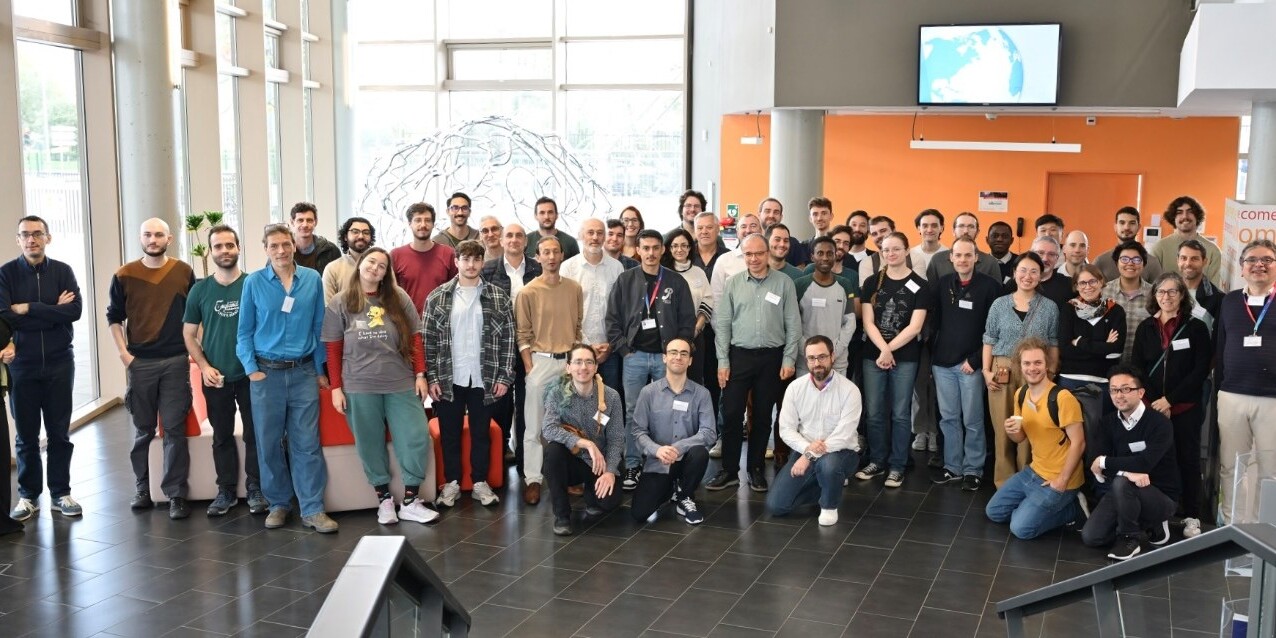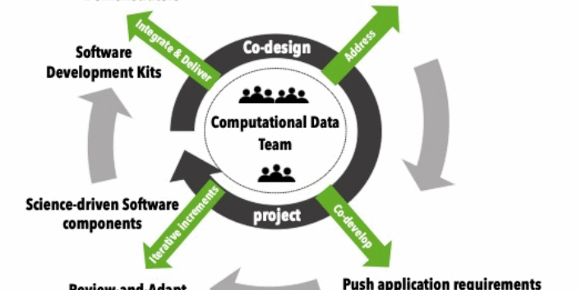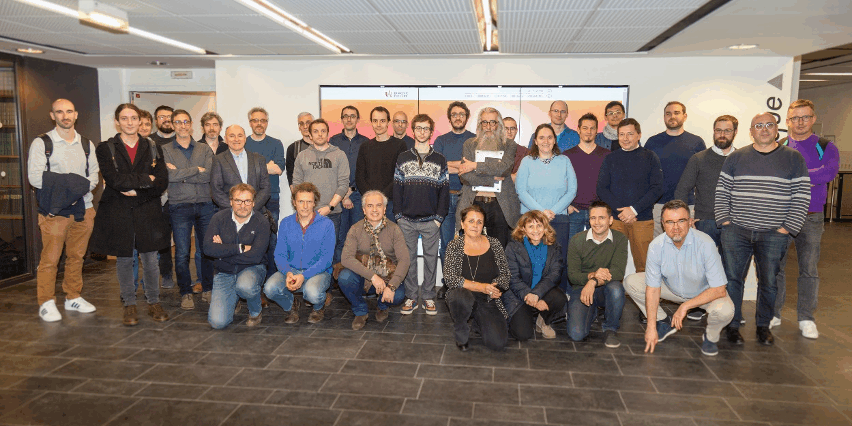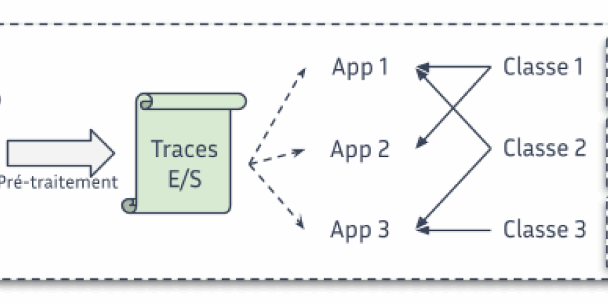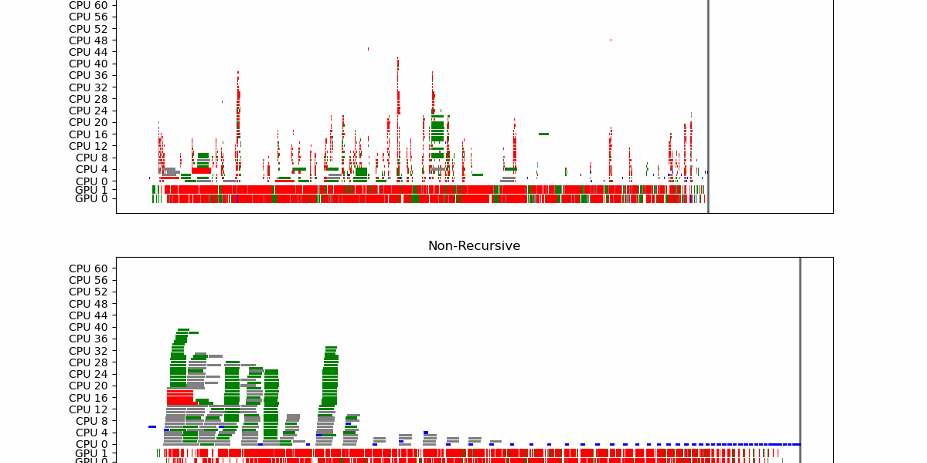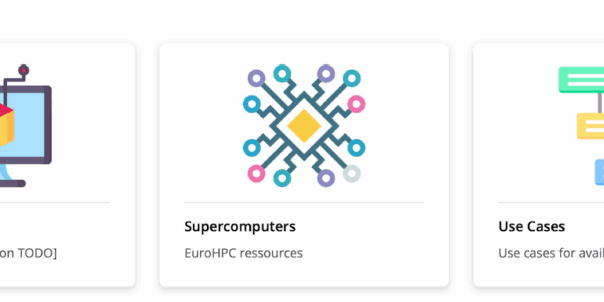The second co-design/co-development workshop of the Exa-DI project (Development and Integration) of the PEPR NumPEx was dedicated to the computation and communication motif “Block-structured AMR @Exascale”. It took place on February 6 and 7, 2024 at the “Grand Amphi” of the “Institut de Physique du Globe de Paris” in Paris.
This face-to-face workshop brought together, for two days, Exa-DI members, members of the other NumPEx projects (Exa-MA: Methods and Algorithms for Exascale, Exa-SoFT: HPC Software and Tools, Exa-DoST: Data-oriented Software and Tools for the Exascale and Exa-AToW: Architectures and Tools for Large-Scale Workflows), Application demonstrators (ADs) from various research and industry sectors and Experts to discuss advancements and future directions for block structured AMR at exascale.
This workshop is the second co-design/co-development workshops in the series whose main objective is to promote software stack co-development strategies to accelerate exascale development and performance portability of computational science and engineering applications. Discussions included challenges in co-design and co-development process, key questions and most urgent issues for collective exploration to build links across NumPEx and the applications, and initiatives promoting exascale software stack sustainability, emphasizing collaboration and innovation.
Key sessions included
- Introduction and Context: Setting the stage for the workshop’s main theme.
- Attendees Self-Introduction: Allowing attendees to introduce themselves and their interests.
- Various Technical Sessions: These sessions featured talks on topics such as exascale performance evaluation and advancements in exascale simulations for different applications like astrophysics simulations, flame fronts and gas/liquid interfaces as well as long molecular dynamic simulations with polarizable force fields. In addition, two experts gave presentations on the Samurai and Hercule libraries and a developer of the massively parallel open-source WarpX Particle-In-Cell code presented his feedback on the implementation of AMReX framework.
- Discussions and RoundTables: These sessions provided opportunities for attendees to engage in discussions and share insights on the presented topics.
Invited speakers
- Jean-Pierre Vilotte from CNRS, member of Exa-DI who provided the introductory context for the workshop.
- Maxime Delorme & Arnaud Durocher from CEA, presenting Dyablo, an AMR code for astrophysics simulations in the exascale era.
- Loic Straffela from Ecole Polytechnique, discussing optimizing I/O performance for AMR Code.
- Igor Chollet from Sorbonne Université, presenting ANKH, a scalable alternative to FFT-based approaches for energy computation on accelerator-based exascale architectures.
- Loic Gouarin from Ecole Polytechnique, presenting SAMURAI: Structured Adaptive mesh and Multi Resolution on Algebra of Intervals
- Luca Fedeli from CEA, discussing implementation of AMReX for WaprX, a Particule-In-Cell code for the exascale era.
- Vincent Moureau from CNRS addressing Dynamic Mesh Adaptation of massive unstructured grids for the simulation of flame fronts and gas/liquid interfaces.
Outcomes and impacts
A very interesting and stimulating outcome that was discussed and decided during this workshop is the set-up of a working group addressing a suite of shared and well specified proxy-apps and mini-apps for this co-design computation and communication motif. Several teams of ADs have expressed their interest in participating in this working group which is being formed and whose first meeting should take place soon.
The discussions allowed us to determine the different goals of this working group. In particular, the criteria of the common mini-apps and proxy-apps that will be built was defined. They have to (i) represent algorithms, data structures and layouts, and other computational and communication characteristics across the different application demonstrators, (ii) leverage and integrate logical suites of software components (libraries, frameworks, tools), (iii) measure interoperability levels, performance gain and/or trade-off between components, performance portability, scalability and software quality and (iv) develop collaborative and shared continuous integration and benchmarking methodologies with standardized performance tools to guide optimizations, together with reference meta-data and specifications models.
The second main goal of this working group, that is also a main goal of the workshop series, is to identify the human resources and expertise in the Computational and Data Team (CDT) that Exa-DI needs to deploy. In the co-design/co-development process, the CDT will ensure the interface between the NumPEx projects and the AD teams to support the co-design and co-development of the mini-apps and proxy-apps suite, together with reference data models for sharing specifications and benchmarking/testing results.
Attendees
- Jean-Pierre Vilotte, CNRS and member of Exa-DI
- Valérie Brenner, CEA and member of Exa-DI
- Jérôme Bobin, CEA and member of Exa-DI
- Mark Asch, Université Picardie and member of Exa-DI
- Julien Bigot, Inria and member of Exa-DI
- Karim Hasnaoui, CNRS and member of Exa-DI
- Christophe Prud’homme, Université de Strasbourg and member of Exa-MA
- Hélène Barucq, Inria and member of Exa-MA
- Isabelle Ramière, CEA and member of Exa-MA
- Vincent Faucher, CEA and member of Exa-MA
- Christian Perez, Inria and member of Exa-MA
- Raymon Namyst, Université de Bordeaux and member of Exa-SoFT
- Alfredo Butari, CNRS and member of Exa-SoFT
- Marius Garenaux, Université de Rennes and member of Exa-AToW
- Olivier Martineau, Université de Rennes and member of Exa-AToW
- Vincent Moureau, CNRS and application demonstrator
- Maxime Delorme, CEA and application demonstrator
- Arnaud Durocher, CEA and application demonstrator
- Allan Sacha, CEA and application demonstrator
- Damien Chapon, CEA and application demonstrator
- Grégoire Doeble, CEA and application demonstrator
- Dominique Aubert, Université de Strasbourg and application demonstrator
- Olivier Marchal, Université de Strasbourg and application demonstrator
- Igor Cholet, Université Paris 13 and application demonstrator
- Jean Philippe Piquemal, Sorbonne Université and application demonstrator
- Louis Lagardère, Sorbonne Université and application demonstrator
- Olivier Adjoua, Sorbonne Université and application demonstrator
- Stefano Frambati, Total Energies and application demonstrator
- Luca Fedeli, CEA
- Loic Strafella, École polytechnique
- Loic Gouarin, CNRS
- Marc Massot, École polytechnique
- Pierre Matalon, École polytechnique
- Geoffroy Lesur, CNRS and member of the PEPR Origins
NumPEx Newsletter
Subscribe to our newsletter to stay informed on the latest breakthroughs in High-Performance Computing, Exascale research, and cutting-edge digital innovations.
You may also be interested in these articles
03/12/2025

